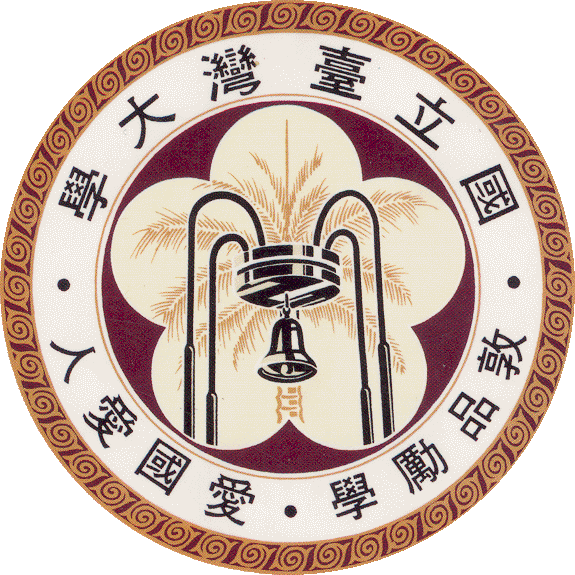Team:NTU-Taida/Result
From 2013.igem.org
What We Did
(1) We cloned original biobrick PQS receptor and its promoter sequence. Apart from the traditional AHL-based quorum sensing molecules, PQS uses quinolone as its signal molecule.
(2)We constructed three types of quorum sensing biosensor circuits, and tested its function of dosage response towards time.
(3) We combined 4 types of quorum sensing receptors and proposed a prototype of quorum sensing array.
(4) We tested clinical bacterial sample when placed with our biosensors and proved that it is able to identify different strains of bacteria and it is possible to be used clinically.
(5) We compared the ELISA plate reader results and flow cytometry results and confirmed that single cell fluorescence expression fits the results of single cell modeling. ELISA plate reader fits the results of 2D model.
Future Planning
(1) More quorum sensing sensors should be constructed in order to expand its bacteria sensing spectrum in hope of building a quorum sensing based array.
(2) More clinical species should be tested by these receptors, and its application should be promoted to clinical patient samples.
(3) Recent studies of drugs interfering quorum sensing molecules have given quorum sensing array a possibility of supporting diagnosis and prescription. We hope that someday, quorum sensing signals may not only be used to differentiate bacterial strains but support doctors to prescribe drugs.
 "
"


